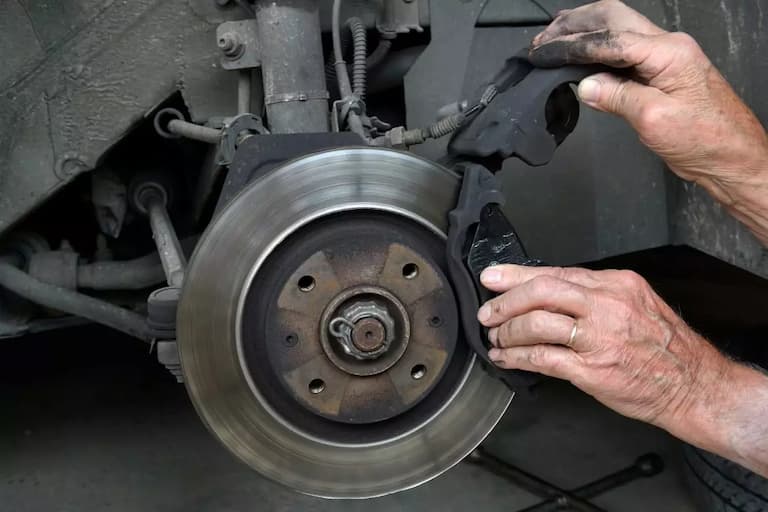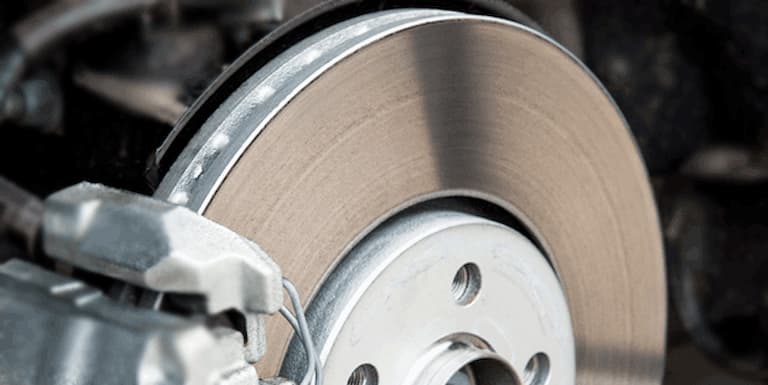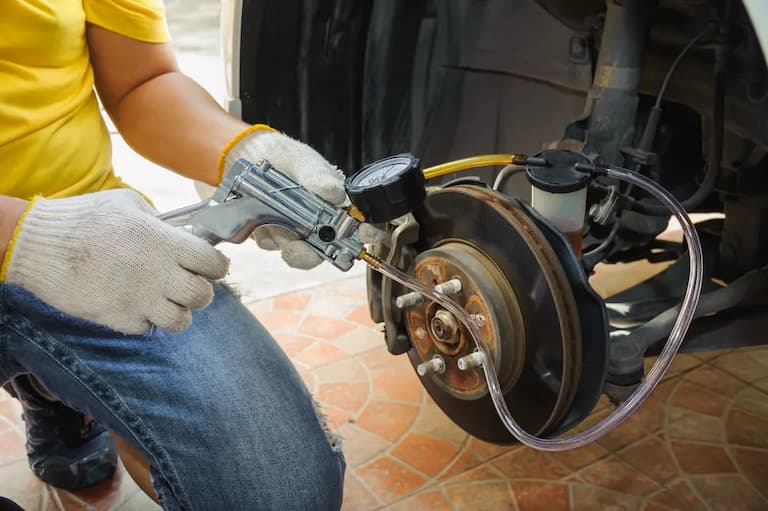Upgrading your 200 Landcruiser’s braking system can seem like a complicated task. With so many different parts made for different models and years, choosing the right one can be difficult. There are thousands of different manufacturers who produce these parts, and these parts can vary greatly in shape, size and the materials they’re made of. If you’re stumped on which braking 200 series accessories to buy, don’t fret – I’ll sway you in the right direction. No matter whether you’re looking for brake pads or rotors, you’ll get a good idea of what to look for.
Brake Pads

If you hear squealing noises coming from the wheels whenever you hit the brakes, you need to get new brake pads. These are some of the most commonly replaced 200 series accessories, as they take a lot of abuse when you drive. There are many different types of brake pads available, and they’re all categorised into three basic categories – organic, semi-metallic and ceramic. Choosing the right type will come down to your driving style, and the type of vehicle you drive. That being said, consider how you drive your Landcruiser.
If you’re mostly commuting and driving around town, you don’t need race brake pads made of expensive ceramic. Instead, you can get semi-metallic or organic brake pads. These pads will last a decent amount of time, yet provide smooth stops whenever you try to take a corner on your way to work or when running errands.
If you use your Landcruiser for towing heavy loads, you’ll need heavy-duty brakes to deal with the extra generated heat. Semi-metallic and ceramic brake pads are suitable for this task, as they provide great stopping power. Moreover, the trailer you haul will make plenty of noise, covering the squeaking that comes from these pads.
If you plan on going off-road, you’ll need heavy-duty semi-metallic pads or low-end racing pads. The reason for this is that your trips will likely involve going down steep inclines, thus requiring a lot of stopping power to halt your Landcruiser to a full stop.
Brake Rotors

The brake rotors are the parts brake pads press against in order to stop your car. Over time, the friction will wear them down, just like it wears down the pads. This means that you’ll have to replace them at some point as well. Generally, though, you won’t have to replace them as often as the brake pads. How often you’ll have to replace the brake pads will depend on your driving style, and the type of brake pads you use. Just like brake pads, there are rotors for different driving styles and applications.
If you’re mostly commuting, you won’t need brake rotors with extra features. Stick to basic, OEM-style rotors. However, if you load your Landcruiser with heavy gear and passengers, you may notice the brakes get a bit hot on the way down from the mountains. If that’s the case, you might want to consider drilled rotors. Otherwise, any type of quality conventional rotor will do the job just fine.
If you’re towing a boat-load of weight behind you, you’ll want drilled or slotted rotors to deal away with the extra heat. Furthermore, these rotors provide better stopping power that will last for quite a while.
Hot brakes can be a problem on the road, and even more so when driving off-road. Imagine yourself driving through the desert at high speeds and needing to stop. Slotted and drilled rotors are a must-have in those situations. If you’re going through mud, however, you’ll want OEM-style rotors, as they don’t have holes or slots that can get clogged.
Bleeding Your Brakes

When installing new brake pads and rotors, you should ensure the hydraulic brake system is air-free. The reason for this is that any present air can lead to a spongy pedal feel and poor performance. Bleeding the brakes is relatively easy, but you do need some equipment and tools.
First and foremost, you have to raise and secure your vehicle safely. This is because you won’t be able to reach the brake bleeder screws without doing so. Find a level and clean area to lift and work on your Landcruiser. Use chassis lift-points, a high-lift jack and jack stands.
Next, place a drip tray under every brake calliper. If you don’t have any, you can use cardboard or sheets to prevent leaking brake fluid on your driveway or floor. Wear face protection and gloves, as brake fluid is toxic and it can dissolve paint. If you get brake fluid on your skin, was it as soon as possible. If you experience any irritation, go see a doctor immediately.
Then, open your Landcruiser’s bonnet, remove the master cylinder cap and loosen the bleeder screw slowly on the wheel that’s furthest away from the cylinder using a socket or wrench. Don’t allow it to leak yet, though. Attach a brake bleeding tool to the bleed screw at the top of the calliper.
If you’re using the pressure bleeding method, you’ll need to run a hose from fresh brake fluid to the rear of the brake bleeding tool and connect the other end to the bleeder fitting. Squeeze the tool slowly and insert fresh fluid into the calliper. If you’re using the vacuum bleeding method, you’ll need to draw fluid from the bleeder screw until there are no more bubbles. Make sure to top off the master cylinder with fresh fluid so it doesn’t run dry and draw in any air.

